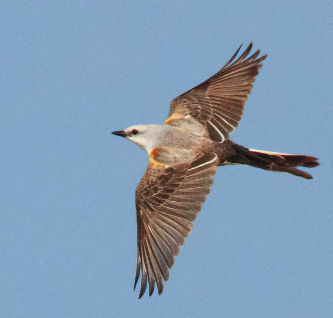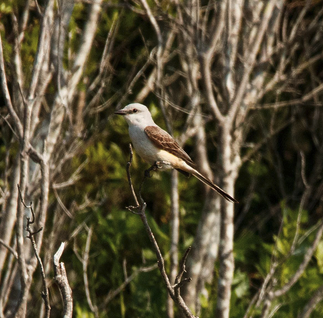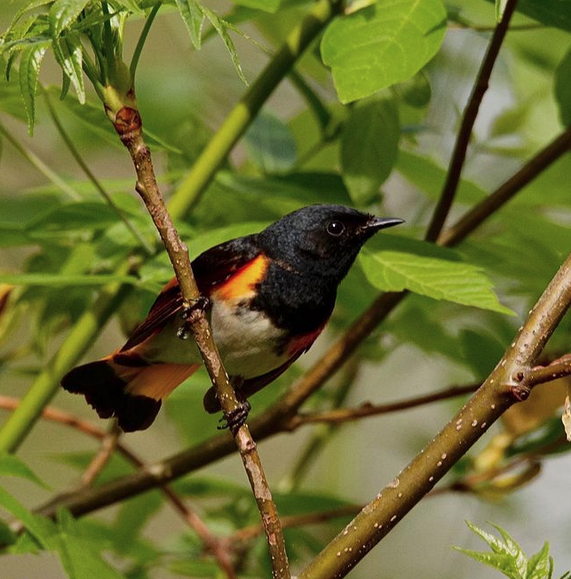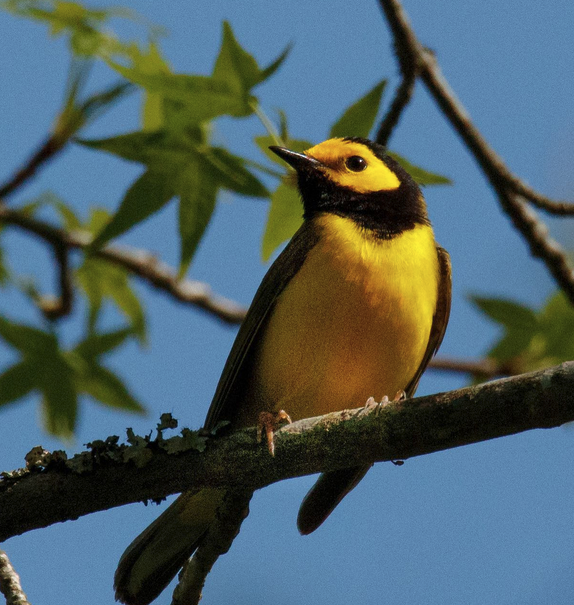By Sally Siko
As a birder & photographer, I’m always excited to see & photograph a new species whenever I get lucky enough to add a lifer to my list.
Weirdly enough, it seems that every time this happens my photos aren’t very good lol!

I don’t know if it’s the excitement of seeing something for the first time that throws me off my photo game or just bad luck with lighting and angle but this happens to me a lot.
Case in point, my first photos of a Cerulean Warbler that I found while on a birding trip in eastern KY.
While I was very, very happy to finally lay eyes on this gorgeous bird, it stayed high up in the canopy of the trees, backlit under bright sunshine or perching in the shadows of the leaves. Not great conditions for getting quality portraits but certainly good enough for an ID and the making of wonderful memories 🙂

The aptly named Cerulean Warbler is indeed a handsome bird with adult males sporting that light (cerulean) blue, white and black plumage.
Females are equally as lovely adorned with a greenish blue upper body plumage with a yellowish green underside.
From a distance or in poor lighting conditions I’ve found it’s possible to mistake a male Cerulean with a Black and White Warbler until the bird comes out into the sunlight.
With populations of this species in decline (due to habitat loss) it can be somewhat challenging to find these shy warblers.
Your best best to spot one is to search the mid to high canopies of the trees during the summer breeding season on the east coast. Ceruleans prefer to hang out in mature deciduous forests throughout the eastern United States, but are particularly abundant in oak-dominated forests that contain canopy gaps and a complex canopy structure.
Look for them in Kentucky from late April through early August.
Photos by @sally_siko of @bestlife_birding on my beloved full frame 50MP beast, the mighty @canonusa #5Ds

































